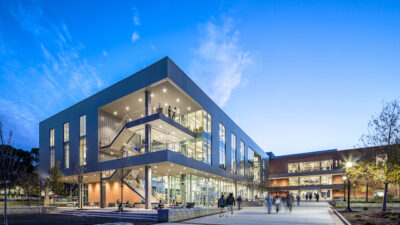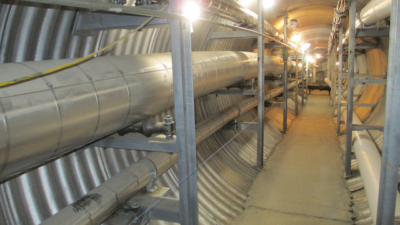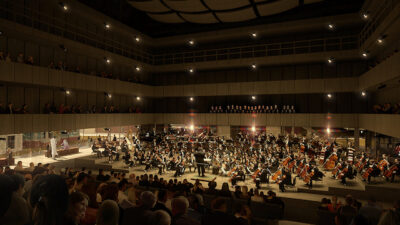Large facilities, whether spread out over a campus setting or housed under a single roof, face unique challenges in keeping energy costs and usage under control. With utility costs rising, the ability to allocate expenses to various budget units is becoming an important factor in understanding where efficiency measures make sense. And getting better control of electrical operations can mean substantial savings when utility peak-demand pricing programs are involved.
Facility managers for the University of Chicago’s main campus in Chicago’s Hyde Park neighborhood are responsible for buildings serving a range of needs, from typical classroom structures to specialized medical, biological and physical science facilities. Energy use varies widely across the campus and managers recently began an effort to develop and implement a system to track energy use and allocate costs to appropriate departments.
Additionally, facility personnel wanted to be able to capture power-quality information for sensitive research facilities and to get the data they needed for future budget projections. And the new monitoring equipment needed the ability to share data with existing building-automation control systems.
The initial stage of the University’s effort involved about 40 buildings. With a system from Power Measurement , each building has a central, high-end meter that monitors and aggregates data from field sensors that target individual utility systems, including electricity, steam from the central steam plant and its return condensate, and chilled water from the central chiller plant. The building-wide meters also act as a communications gateway for aggregated data, which is sent across the school’s existing local-area network to be analyzed by a campus-wide software package. The data is combined with information from the legacy control systems to produce revenue-accurate usage and billing data that is accessible via a secured Web portal.
In addition to allowing university managers to allocate energy costs, the system is hoped to encourage conservation efforts by allowing individual department heads to see the immediate cost benefits of cutting back their energy use. Historical usage data also enabled the comparisons needed to understand the potential savings offered by constructing a new central chiller system and helped validate the results of energy-savings measures implemented following a recent energy study.
Industrial advantages
Understanding energy use can be even more critical for large industrial users. Many of these facilities have entered into curtailment agreements with local utilities, under which plants are required to reduce their power demands at the utility’s request during peak-use periods. These agreements can mean big savings, but also can result in big penalties if the facility fails to meet utility load-shedding requests. At the same time, manufacturers want to make sure they don’t over-react to requests, because this could mean slowing down production efforts unnecessarily.
Steel-maker Republic Engineered Products faced just such challenges at its Canton, Ohio, plant, where electricity costs were running $2.7 million per month. The manufacturer had both a demand-limit clause in its utility contract, along with a demand-curtailment provision requiring the plant to shed load at very short notice. The existing control system was based on an overly conservative demand algorithm, resulting in reduced productivity.
To address the situation, managers opted for a system from Rockwell Automation that totals up electric-meter pulses and projects electricity demand for each 30-minute demand interval. Steel-furnace operators select operational priorities that then determine how the system will respond, based on the demand forecast. Energy projects are recalculated every five seconds, and the control algorithm’s accuracy enables up-to-the-last-minute furnace operation before load shedding actually takes place.
The system also enables better real-time spot power purchases, enabling hour-by-hour monitoring by power-purchasing personnel. A direct-communication interface with the plant’s local utility is planned. This enhancement will allow the utility to download system status and market prices, enabling the demand-management system to automate purchase decisions.
System payback was the result of reduced substation staffing needs and increased production. Additionally, power-monitoringcapabilities enabled improved voltage regulation and power-factor performance.



